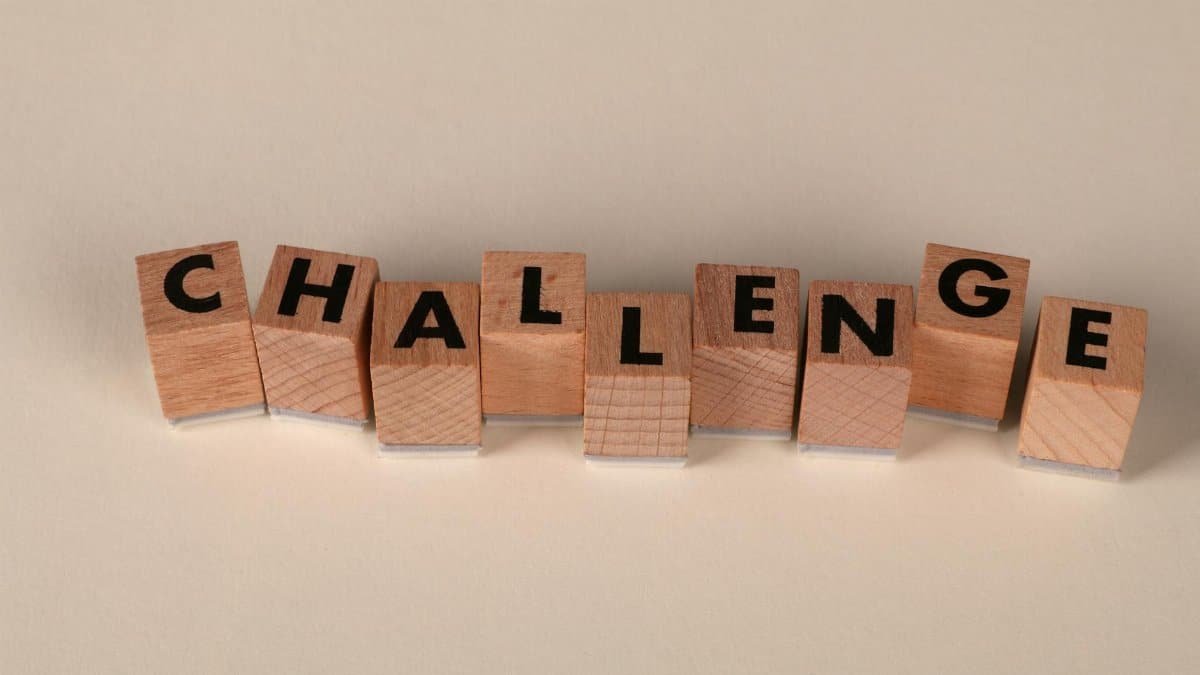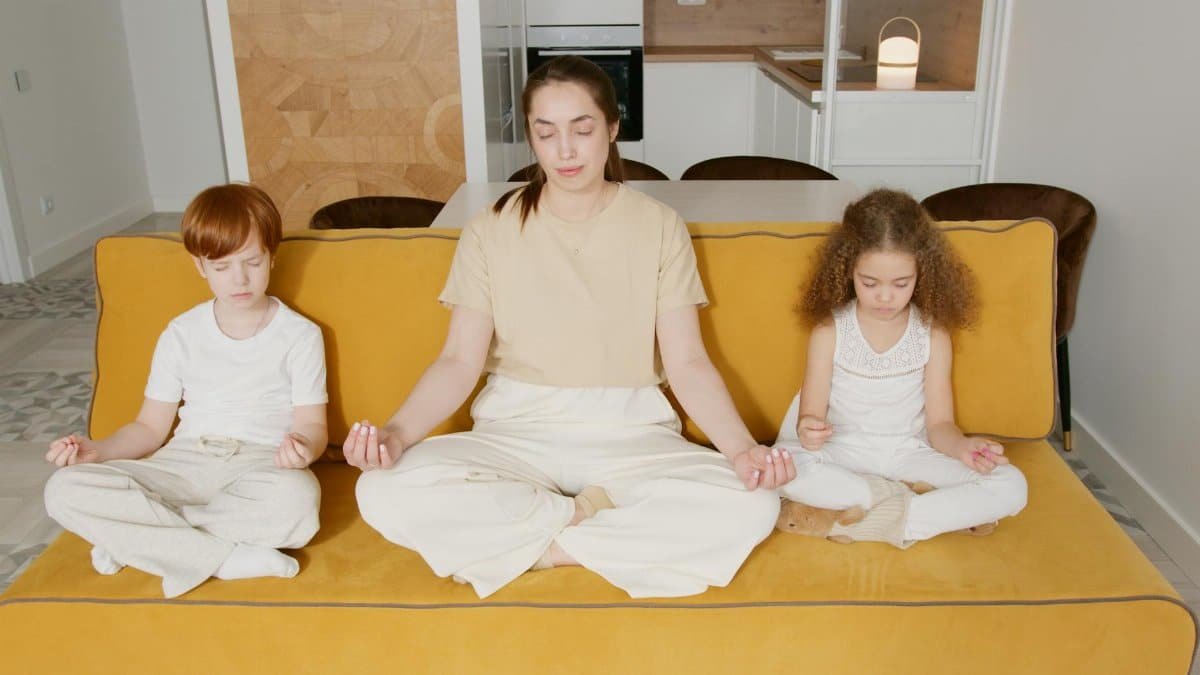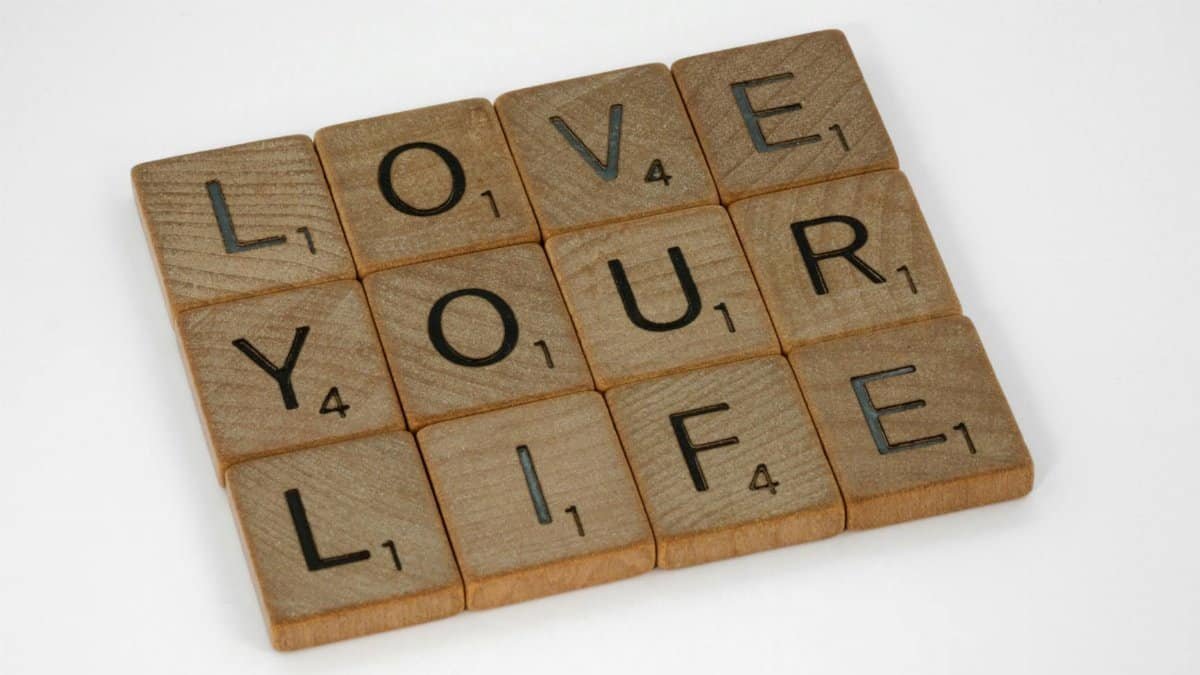New data shows that 68% of Americans report feeling overwhelmed by daily stress, with many turning to mindfulness practices for relief. According to a recent survey by the American Psychological Association, this surge reflects a broader shift toward seeking inner calm amid economic pressures and social upheavals. At its core, mindfulness peace involves cultivating present-moment awareness to foster a sense of tranquility, even when life throws curveballs. It’s not just buzz; experts say it’s a practical tool for reclaiming control. As we navigate 2025’s fast-paced world, understanding how to reconnect with this practice could be the key to mental resilience.
What Is Mindfulness Peace?

Mindfulness peace combines focused awareness with intentional calm, helping individuals ground themselves in the now. It’s about observing thoughts without judgment, creating space for emotional equilibrium. This concept draws from ancient meditation traditions but fits modern life seamlessly. For instance, therapists often recommend it for anxiety management. A study from Harvard Medical School highlights how such practices reduce cortisol levels, the stress hormone. By embracing mindfulness peace, people report better sleep and improved focus. It’s straightforward: start with breath awareness to build that inner sanctuary.
Signs You’ve Lost Touch with Mindfulness

When life ramps up, mindfulness often slips away. Constant distractions, like endless notifications or work demands, erode that peaceful core. You might notice irritability, fatigue, or a racing mind—classic red flags. In 2025, with hybrid work blurring boundaries, these issues are rampant. Recognizing them is the first step. If you’re snapping at minor annoyances or feeling detached, it’s time to pause. Experts suggest journaling to track these patterns, turning self-awareness into action. Reconnecting starts with acknowledging the drift.
Simple Breathing Techniques to Start

Breathwork is a gateway to mindfulness peace. Try the 4-7-8 method: inhale for four counts, hold for seven, exhale for eight. This activates the parasympathetic nervous system, promoting relaxation. It’s quick and effective, ideal for busy schedules. Research from the National Center for Biotechnology Information supports its role in reducing anxiety. Incorporate it during commutes or breaks. No special tools needed—just your breath. Over time, it builds a foundation for deeper peace.
Incorporating Nature for Deeper Calm

Stepping outside can amplify mindfulness efforts. A short walk in a park shifts focus from chaos to natural rhythms. Listen to birds or feel the wind; it’s grounding. Studies show nature exposure lowers blood pressure and boosts mood. The American Psychological Association details how green spaces enhance mental health. In urban 2025, apps guide virtual nature sessions if real ones aren’t feasible. Combine with mindful observation for lasting peace. It’s a low-effort way to reconnect.
Building a Daily Routine

Consistency turns mindfulness into habit. Set aside 10 minutes morning and evening for practice. Begin with guided sessions via apps like Headspace. Track progress in a notebook, noting mood shifts. As routines solidify, peace becomes second nature. A report from the University of California indicates regular practitioners experience 25% less stress. Tailor it to your life—maybe during lunch. Avoid overcommitting; small steps yield big results. This structure helps when overwhelm strikes.
Overcoming Common Obstacles

Doubt and distractions often derail mindfulness journeys. Minds wander; that’s normal. Gently redirect without self-criticism. Time constraints? Micro-practices, like one-minute check-ins, work wonders. Skepticism fades with evidence-based wins. The Mayo Clinic notes persistence leads to neuroplastic changes, rewiring the brain for calm. Address emotional blocks by seeking community support, like online forums. In 2025’s digital age, virtual groups make it accessible. Push through; the peace is worth it.
The Role of Gratitude in Mindfulness

Gratitude amplifies mindfulness peace by shifting focus to positives. List three things you’re thankful for daily. This counters negativity bias. Research from UC Davis shows it increases happiness by 10%. Integrate it into meditations, reflecting on small joys. It fosters resilience against life’s chaos. Amid economic uncertainties this year, it’s a vital tool. Keep it authentic—no forced positivity. Over time, it deepens your inner tranquility.
Mindfulness in Relationships

Extend mindfulness to interactions for relational peace. Practice active listening without interrupting. This builds empathy and reduces conflicts. Couples who meditate together report stronger bonds, per a Journal of Marriage and Family study. Apply it at work too, for better team dynamics. In 2025, with remote collaborations rising, it’s essential. Notice your reactions during talks; breathe through tensions. This creates harmonious connections, enhancing overall well-being.
Long-Term Benefits and Tracking Progress

Sustained mindfulness peace yields profound changes. Improved emotional regulation, better health, even career boosts. Track via apps or journals, measuring stress levels monthly. A longitudinal study from Johns Hopkins found practitioners have lower depression rates. Celebrate milestones, like a week of consistent practice. As 2025 unfolds, these habits future-proof your mental health. Remember, it’s a journey—progress, not perfection, counts.
